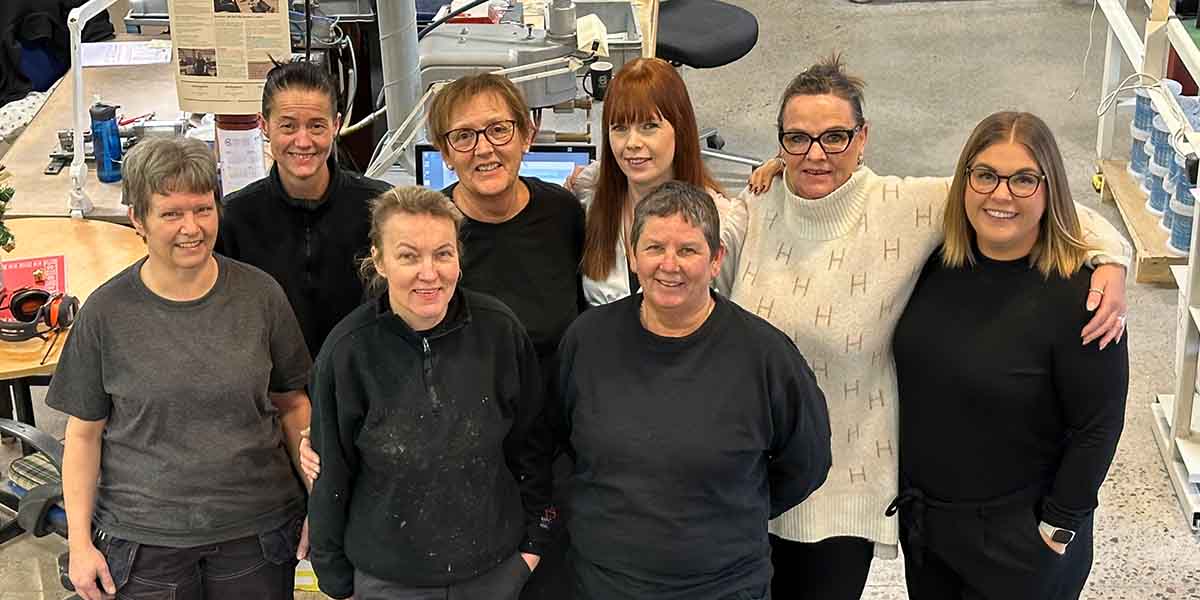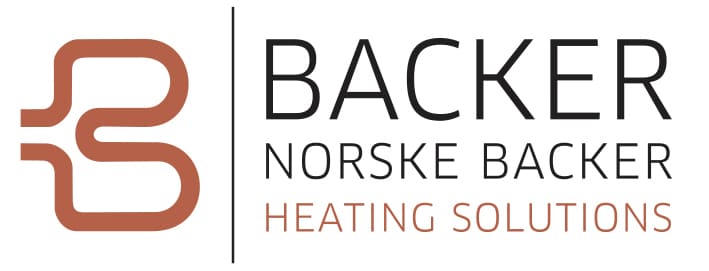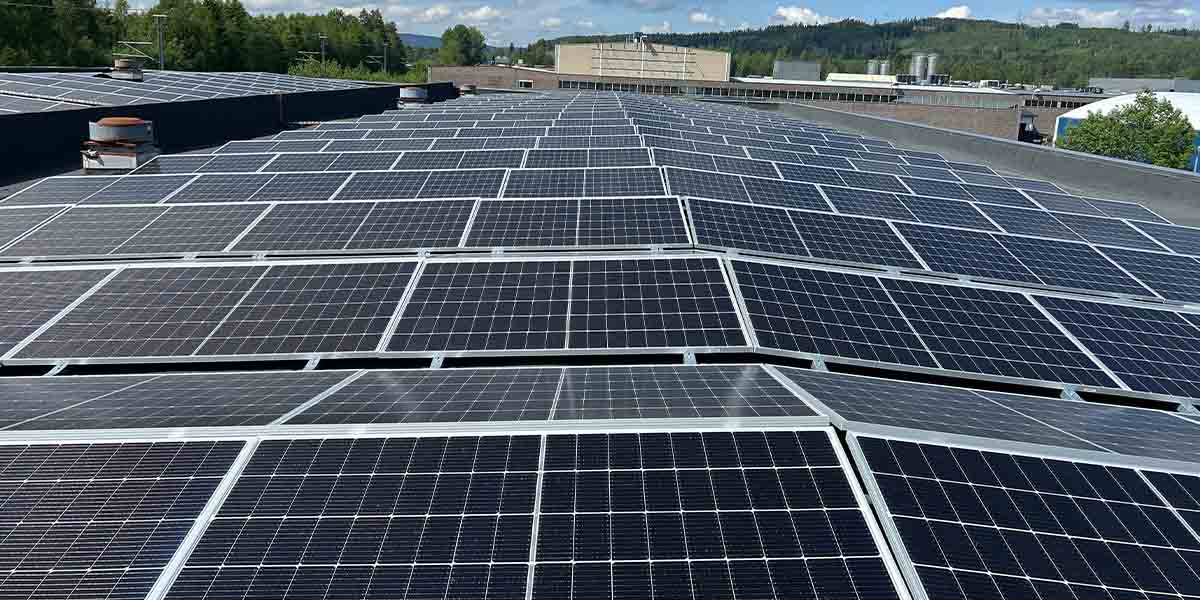January is over, and we at Norske Backer can finally breathe a sigh of relief and rejoice that we've completed this year's sustainability reporting to Nibe Industries.
Every January, we report various figures to our parent company, Nibe Industries AB, to provide an overview of the entire group's total consumption and emissions in accordance with the EU taxonomy, and to deliver a complete report to the market.
New Responsibilities Assigned
We have been conducting sustainability reporting for many years, and in recent years Bengt Olsson has had firm control over the reporting, with great help from several colleagues. As Bengt is gradually stepping down to eventually retire, the baton has been passed on. This year, the sustainability manager and market coordinator Oda Beate Lerheim and quality manager Tommy Kristiansen have taken on the responsibility for reporting to the parent company.
In addition to Oda and Tommy, the CEO Tom Owe is also part of the reporting team. To ensure the most accurate figures possible, there has been a good distribution of responsibilities and areas in the reporting. Thanks to great help from several colleagues, the new responsible parties also managed to complete the reporting this year!
Economics, Supply Chain, and Materials
Every year, there is a lot to report on. Data is provided about the company, its finances, employees, and training/course hours. It reports on the supply chain and whether suppliers are based in Europe or other parts of the world. This is important to map out due to significant differences in working conditions around the world.
Norske Backer also reports on the quantity and type of materials we have purchased throughout the year and where they were produced. During a production year, large amounts of metals are purchased, making it a significant task to gather these figures from suppliers. The challenge is that we often only receive item numbers and names, not the composition of the product. Fortunately, we have good colleagues who have a solid handle on these products and know the materials used. We also need to map out where the materials are produced as different countries use various energy sources, which further affects the emission factor during production.
How much waste we have had through the year, how large our emissions have been, and how our electricity and water consumption have been must also be reported. We have focused significantly on more waste sorting to reduce our residual waste and increase the amount that goes to recycling and reuse. We also installed solar panels on the roof in 2024, which has led to a reduction in electricity consumption. Generally, it's about reducing consumption in these areas because these are limited resources that need to last many more years forward.
There are also areas that deal with wages, hiring, internal career development, and gender distributions. Here it's about providing equal working conditions and terms for women and men. At our company, we generally have good working conditions for everyone, and we do not differentiate between genders. However, we have had an increased focus on bringing more women into the industry to balance out the gender ratio in the sector, which has long been very male-dominated. We also have an increased focus on bringing in younger forces to balance the age demographics in the company.

Estimation, Calculation, and Surveys
We do not always receive the numbers we need from the suppliers to be able to report the correct figures. Sometimes we simply have to estimate how much what we have sold weighs, as we do not always have access to or the possibility to gather accurate figures. Other times, it is just an estimate we are asked for, as it can often be difficult to know the exact weights or numbers.
Other times we need to go down to production and find the specific product or material and weigh it ourselves, and then calculate what it weighs per piece or per square meter. Our skilled predecessor in reporting, Bengt, also laid a very good foundation for Oda and Tommy to take over. Here, an extensive Excel sheet was handed over, where most formulas and weights were already filled in.
Basis for Further Reporting
Early in 2024, we were finally approved by the Science Based Target initiative (SBTi), where we committed to reducing our CO2- emissions by 40% by 2030. Already the first year we reported, 2023, we managed to reduce emissions by a whole 28%!
The figures we gather for the sustainability report provide a good basis for further reporting according to the SBTi. For us, this eases much of the work, as we have already gathered the figures we need to conduct our own climate accounting, which we use as a basis to calculate our emissions.
We are committed to reporting and reducing our emissions in Scope 1 and 2. Scope 1 encompasses the direct emissions we at Norske Backer have from our production, as well as cars and machines that we own. This includes gas, oil, diesel, and similar products that we purchase and use in our own production and similar operations. Scope 2 encompasses the electricity and district heating we use.
Although we are not obligated to reduce and report on Scope 3, which is emissions we are indirectly responsible for, we will still measure this and make improvements where we can. An example here might be to buy more recycled materials, purchase more sustainable transportation services, and similar.

